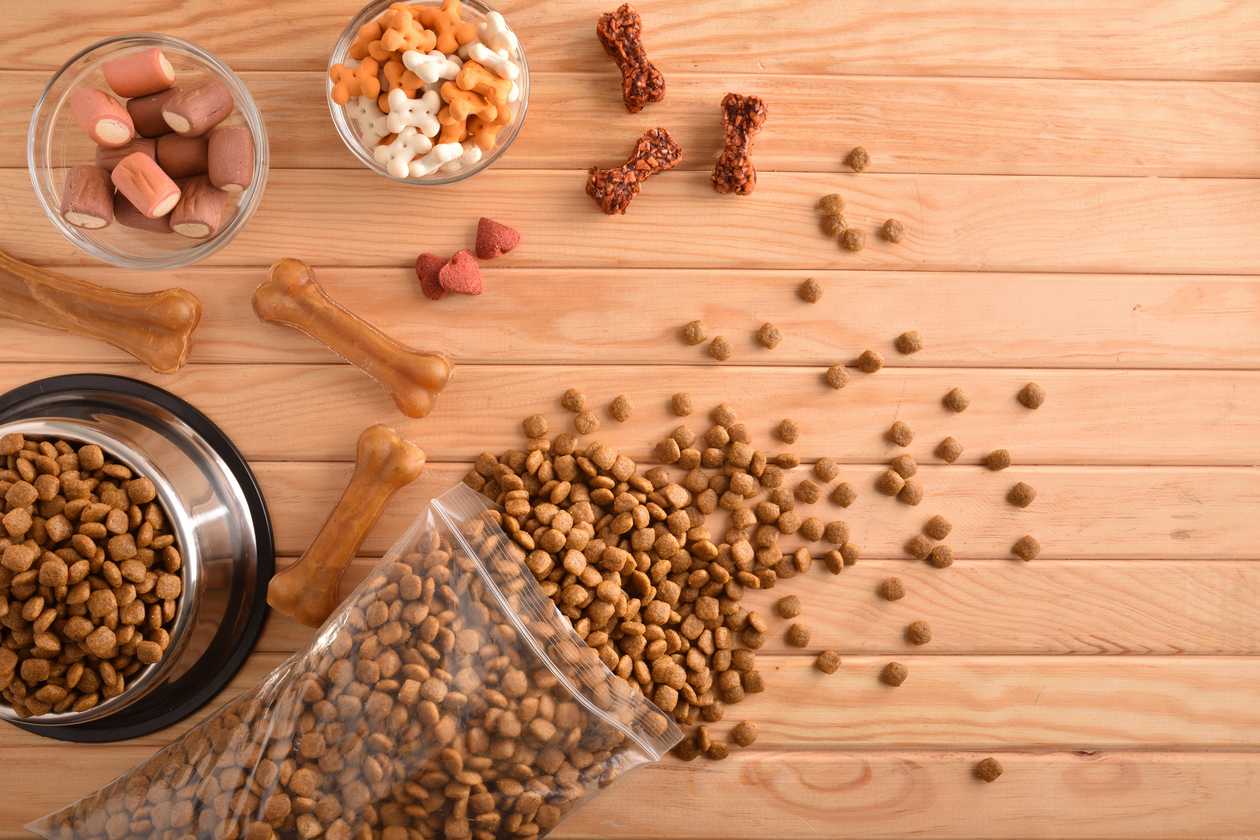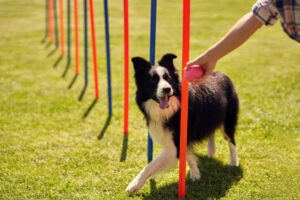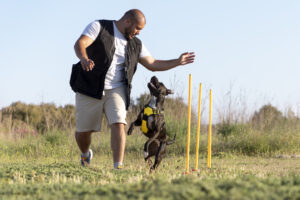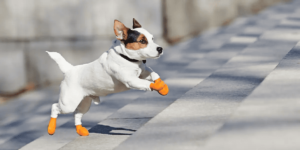In today’s era, the health and fitness of our furry friends are as vital as our own. Just as we focus on balanced nutrition to maintain our well-being, dogs too require the right nourishment to remain fit and energetic. “Pet fitness” is not just a trend but an essential component of modern pet care. In this guide, we dive deep into how dog food plays a pivotal role in achieving and maintaining your dog’s optimal fitness level.
1. Understanding Dog Nutrition:
Just like humans, dogs need a mix of proteins, carbohydrates, fats, vitamins, and minerals in their diet.
- Proteins are essential for tissue repair, muscle development, and generating energy.
- Fats are a concentrated energy source, vital for brain health, and maintaining a glossy coat.
- Carbohydrates provide a ready energy source.
- Vitamins and minerals are crucial for bone health, blood clotting, and various metabolic processes.
2. Food Quality Matters:
All dog foods are not created equal. To ensure fitness:
- Choose high-quality proteins like chicken, beef, fish, or lamb.
- Opt for whole grains rather than fillers.
- Ensure the food is free from harmful additives, colors, and artificial flavors.
3. Caloric Intake & Exercise:
Depending on their age, breed, and activity level, dogs have different caloric needs. Active dogs require more calories than sedentary ones. A Dog Food Guide for Fitness can be instrumental in understanding these needs. Ensure you adjust their food intake based on their activity to prevent obesity or undernourishment.
4. Special Needs & Supplements:
Certain breeds or older dogs might have special dietary needs. Supplements like glucosamine for joint health or omega fatty acids for skin and coat might be beneficial. Always consult your vet before introducing any supplements.
5. Hydration:
Fitness is not just about food. Ensure your dog has constant access to clean, fresh water. Proper hydration aids in digestion, nutrient absorption, and temperature regulation.
6. Monitoring Weight & Body Condition:
Regularly weigh your dog and observe their body condition. If you can feel but not see their ribs and they have a visible waistline when viewed from above, they’re likely in a healthy range. Adjust their food intake and exercise regime if needed.
7. Consultation with a Vet:
Always consult with your veterinarian before making any significant changes to your dog’s diet. They can provide personalized recommendations based on your dog’s specific needs.
8. Mental Fitness through Diet:
Believe it or not, diet affects mental fitness too. Foods rich in Omega-3 fatty acids can boost cognitive functions. Mental stimulation is as crucial as physical activity.
9. Treats & Rewards:
Treats are great for training and rewarding, but choose wisely. Opt for healthy treats and consider their caloric content. Overindulgence can quickly lead to weight gain.
10. Raw Diets & Homemade Meals:
Some pet owners prefer raw diets or homemade meals for their dogs. If considering this, it’s imperative to consult a veterinarian or pet nutritionist to ensure the meals are balanced and safe.
Conclusion:
A dog’s diet is a cornerstone of its overall Pet Fitness. With the right knowledge and choices, we can pave the way for our canine companions to lead healthy, active, and fulfilling lives. Fitness for our furry friends is not just about exercise; it begins in their food bowl. As responsible pet parents, let’s commit to providing the best nutrition possible for optimal pet fitness.







